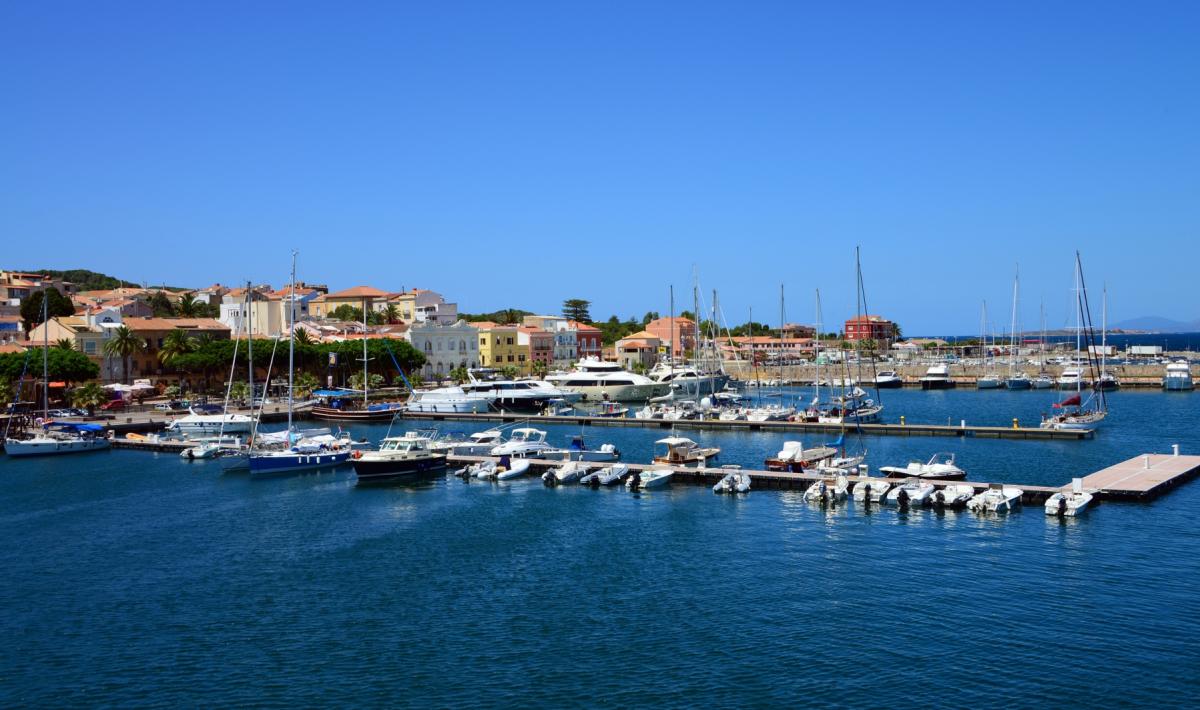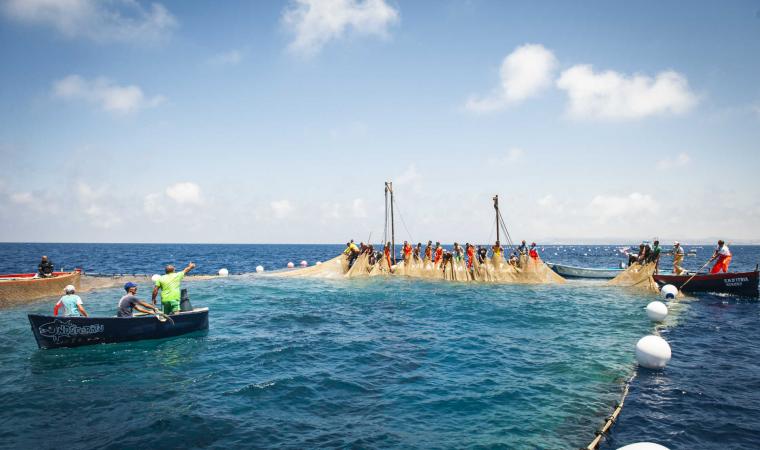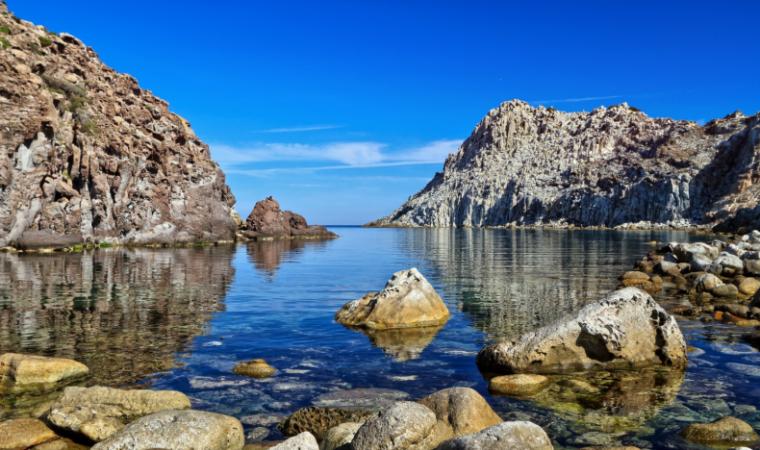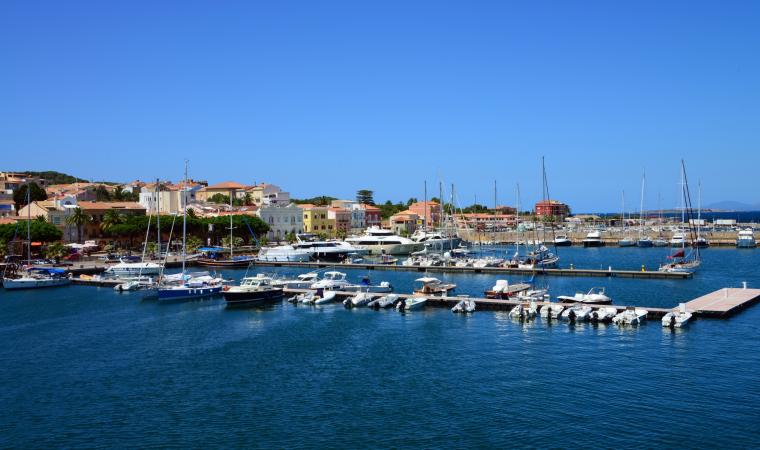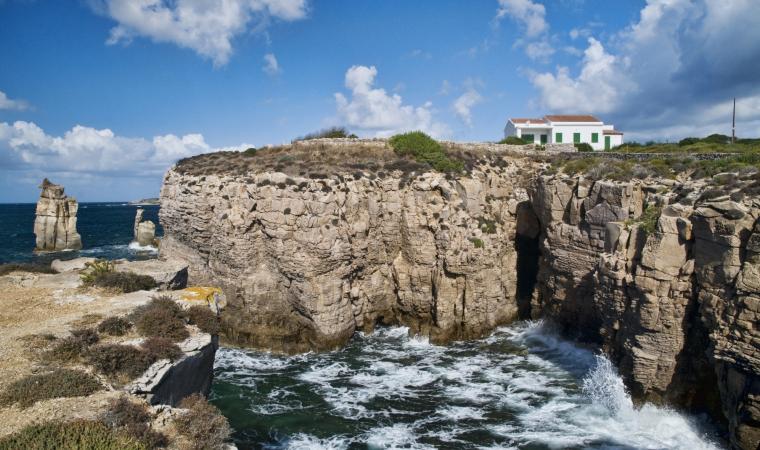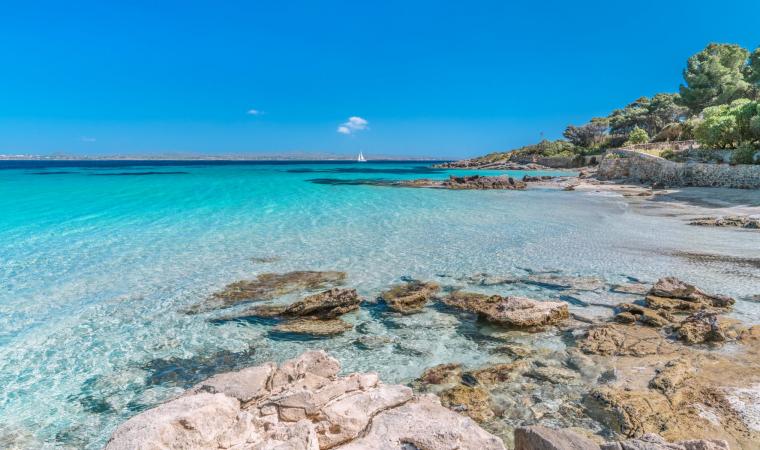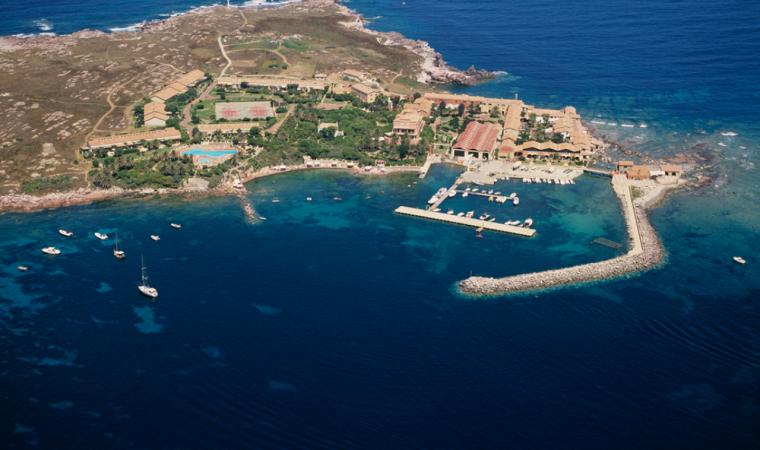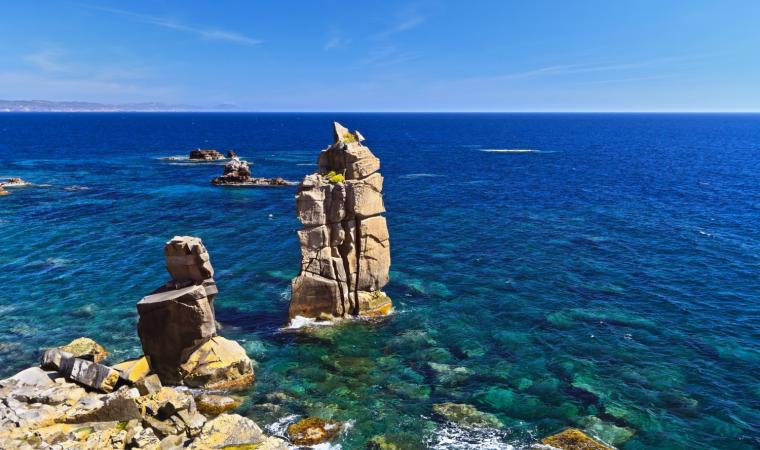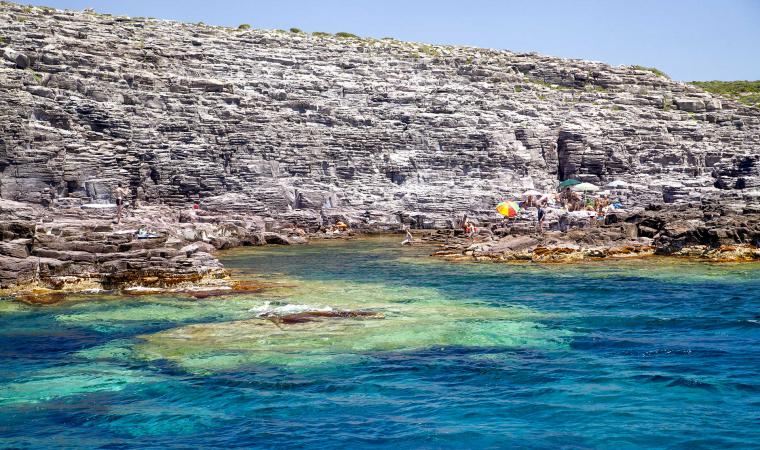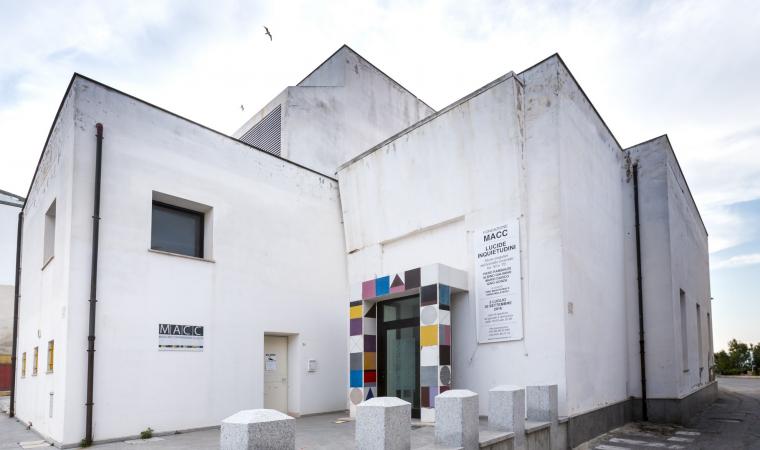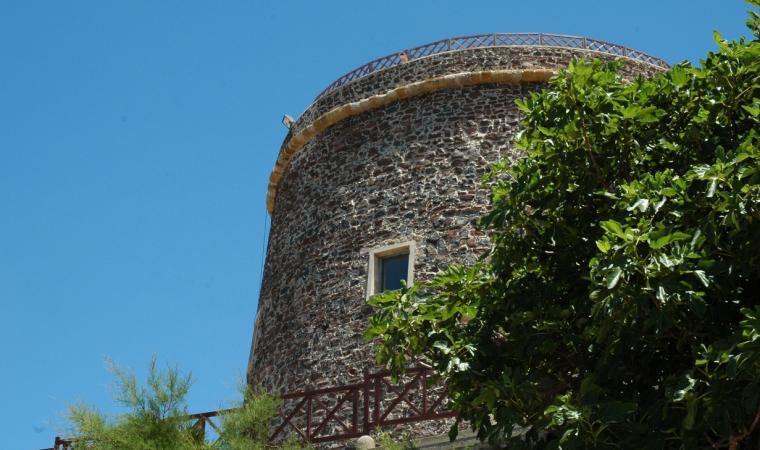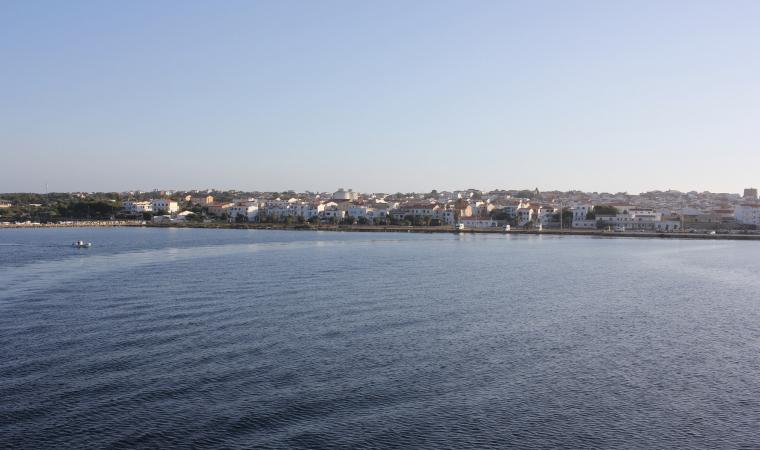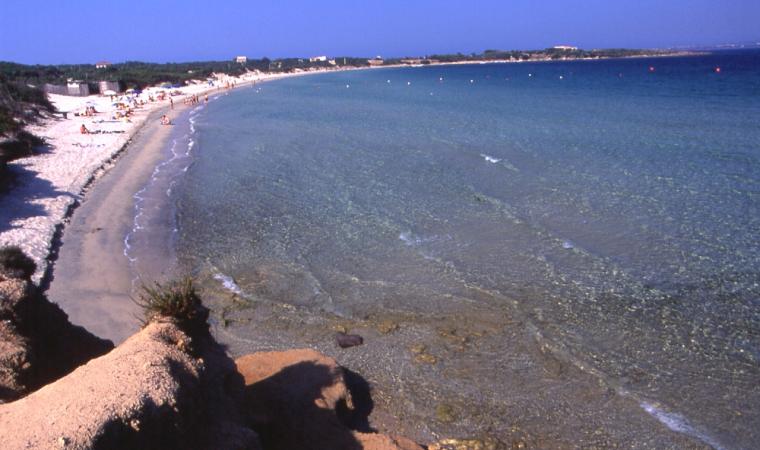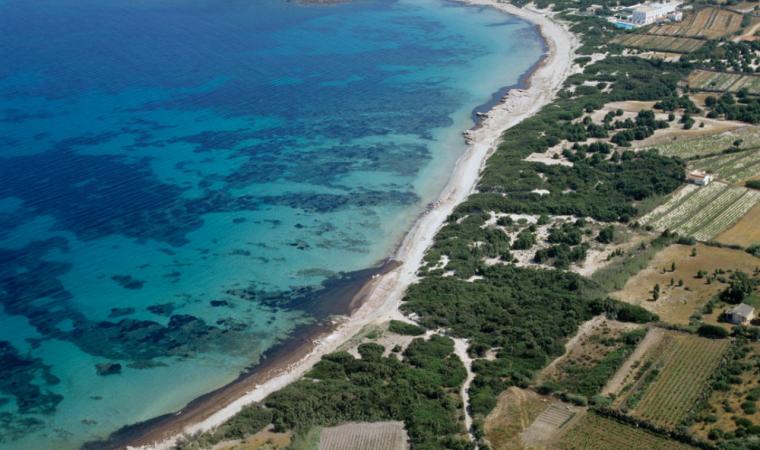“King Carlo Emanuele (…) successfully transformed, (…) the inhospitable island into a region of fishing and trade so that it would bring wealth and well-being to the kingdom and abroad”. The inscription stands out on the southern door of the Savoy fortress: it was the first masonry building (1738) of the then-emerging Carloforte, a village built on a natural acropolis. The small fort was built as a guardhouse and meeting site and later became a place of imprisonment. Following its renovation, it currently accommodates the civic museum, known as the Museum of the Sea. Inside it, you will find the story of a Ligurian community that moved from Tabarka (in Tunisia) to the Sulcis island of San Pietro, which can now be reached in 40 minutes by ferry from Calasetta and Portoscuso.
The first of six rooms contains the colonization documents. The second room contains artefacts linked to the fishing, processing and preservation of tuna, an activity that made the island famous all over the world. You can admire the model of a tuna-fishing net, arepresentation of the series of anchors and nets that form the ‘cage’ used for tuna fishing, and a model of the nineteenth-century establishment of Portopaglia. Every year, between the end of May and early June, Carloforte celebrates this tradition with an international culinary event called the Girotonno. The museum continues on with the Malacology room, in which there is a collection of Mediterranean shells. In the Galanzieri room, there are documents about the boatmen who maintained a connection between the island and the mines of Sulcis (in particular in Porto Flavia) for transporting minerals, as well as the tools used in Lateen sailing. The visit ends with the room of rural activities and with one dedicated to the painter, Mario Emanuelli.
After your visit to the museum, don't miss your chance to explore the jagged coastlines and the wonderful coves of San Pietro. To the north, you will find the romantic CalaVinagra; to the north-west, there is a deep fjord that is closed by the enchanting Cala Fico; to the west there is the impressive promontory of Capo Sandalo, dominated by the nineteenth-century lighthouse. There are no other lighthouses in Italy located further west than this one. To the south, there is La Conca, with its sheer cliffs, and Le Colonne, two sea stacks standing up out of the water and the symbol of Carloforte.

